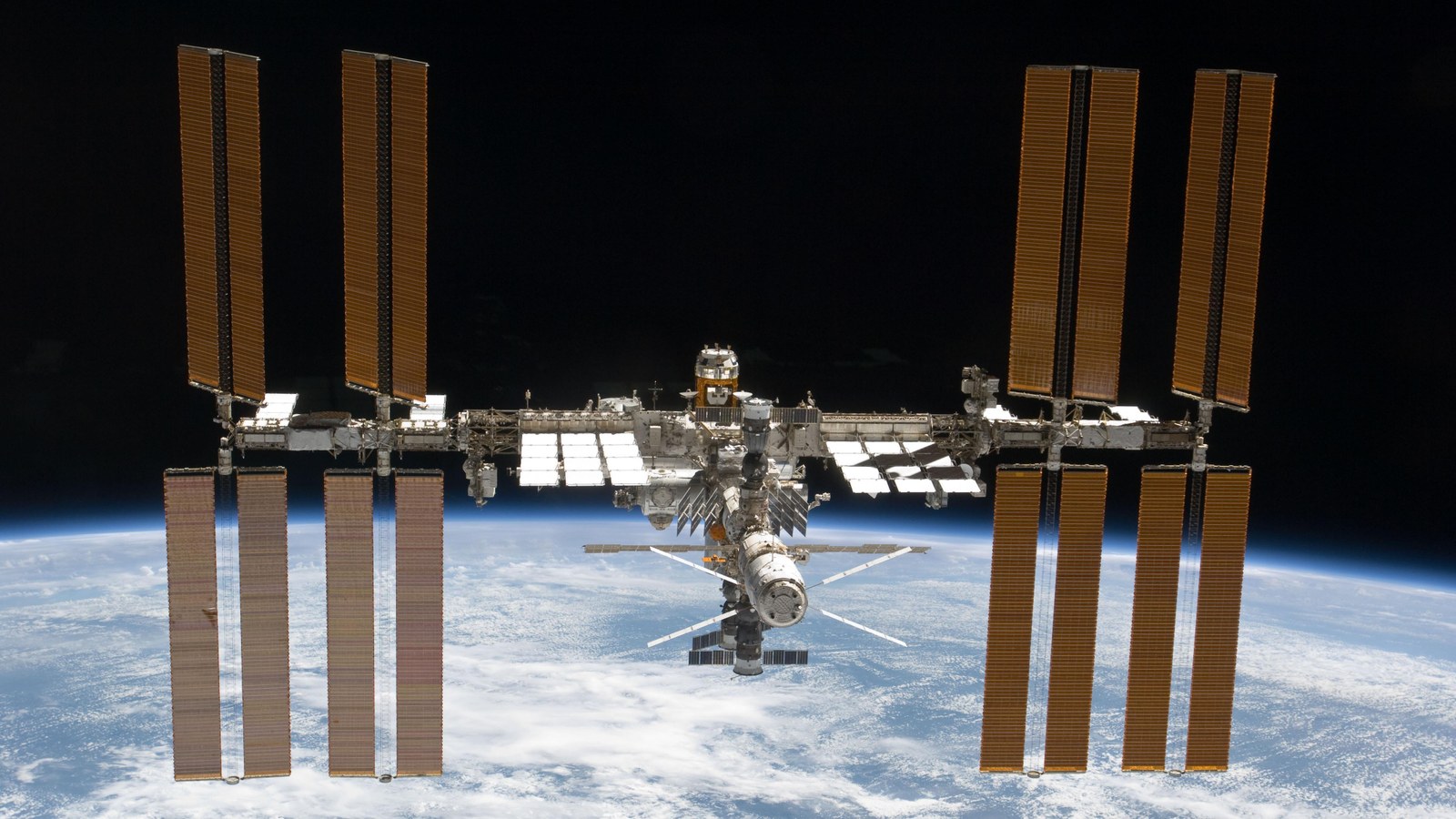Extravehicular activity for ICARUS


- Focus: Space, animal and environmental observation
On the evening of 15 August 2018, Russian cosmonauts Sergei Prokopyev and Oleg Artemyev deployed the antennas of the German-Russian ICARUS project on the Zvezda module of the International Space Station (ISS) during an almost eight hour extravehicular activity (EVA). The spacewalk began at 18:17 CEST on 15 August, and ended at 02:03 CEST on 16 August. It took the two cosmonauts five hours to install the ICARUS antennas, which was completed at 00:18 CEST.
The cosmonauts received support from German ESA astronaut Alexander Gerst, who oversaw the operation from inside the station. Now that the antenna block has been installed, the ICARUS Initiative, which allows the ISS to track animal migration across the world, is finally complete. ICARUS is a project of the German Aerospace Center (Deutsches Zentrum für Luft- und Raumfahrt; DLR) Space Administration, the Max Planck Institute for Ornithology in Radolfzell and the Russian space agency, Roscosmos. ICARUS will soon be put into operation in the coming days and weeks and is also a part of Alexander Gerst's current horizons mission.
Scientists in Russia and Germany expect that knowledge gained through ICARUS will provide new insights into the lives and environments of animals, including the ways in which they interact with humans. "On their way south, for example, storks often rest in the vicinity of locust breeding grounds on the southern edge of the Sahara. As such, the birds show us exactly where these swarms of insects are. This can help us avoid plagues of pests and prevent famine," explains Martin Wikelski, scientific director of the ICARUS project at the Max Planck Institute for Ornithology in Radolfzell.
Wikelski's Russian colleague Grigori Tertitski, a project manager at the Institute of Geography at the Russian Academy of Sciences, is already looking forward to learning more about the routes that small birds take as they migrate from east to west. "Some of these animals are infected with bird flu in East Asia. As they migrate through the territory of the Russian Federation, they may then infect other animals. Knowing more about this would be very helpful," says the scientist.

Trailer: Tierbeobachtung aus dem All - ICARUS
Your consent to the storage of data ('cookies') is required for the playback of this video on Youtube.com. You can view and change your current data storage settings at any time under privacy.
©DLR
The ISS hosts both the ICARUS antennas and a computer to control it. On the ground, tiny radio transmitters, known as tags, are attached to animals. These tags are no bigger than a thumbnail and their mass comes in at just five grams, so they can be attached to small creatures like songbirds without affecting their behaviour. The tags collect data about each animal's acceleration, the ambient temperature and the alignment of Earth's magnetic field, as well as recording the animal's route using satellite navigation data. The tags generally operate in a resource-saving low-energy mode, but switch to full power when the ISS passes overhead. They send the data they have recorded to the space station, receive new orbital data and can be reprogrammed. This means that the antenna system in space may receive huge clusters of data from the tags of several hundred animals simultaneously.
"The ICARUS project is a good example of highly successful cooperation between Russian and German scientists using the ISS," stresses Johannes Weppler, project manager at DLR, who witnessed the spacewalk live from the Russian control centre near Moscow. The two countries have been working together on the project for over five years.
Mikhail Belyayev, Principal Investigator of a previous ISS experiment called Uragan, which was conducted by the Russian space company RKK Energia, explains: "Russian scientists will combine data from the ICARUS system with information from other measuring devices used in Uragan, including data from spectrometers and optical cameras. This allows us not only to track the migratory paths of animals, but also to understand the reasons for any changes to these routes."
"We are proud to have been able to contribute Russian experience in running and devising experiments on the ISS to the ICARUS project. At the same time, we are enabling our scientists to establish themselves as world leaders in this field of research," adds Vasili Savinkov, project leader at Roscosmos.
ICARUS partners
ICARUS is a collaborative effort between the Max Planck Society, the Roscosmos state agency for space activities (Roscosmos), and DLR, which secured funding for the project from the German Federal Ministry for Economic Affairs and Energy (BMWi). The tags were developed by the German company ICARUS Global Observation System GmbH (I-GOS), based in Immenstaad. The ICARUS antenna and on-board computer were designed and built by SpaceTech GmbH (Immenstaad), with support from its Russian industry partner RKK Energia (Korolev).

